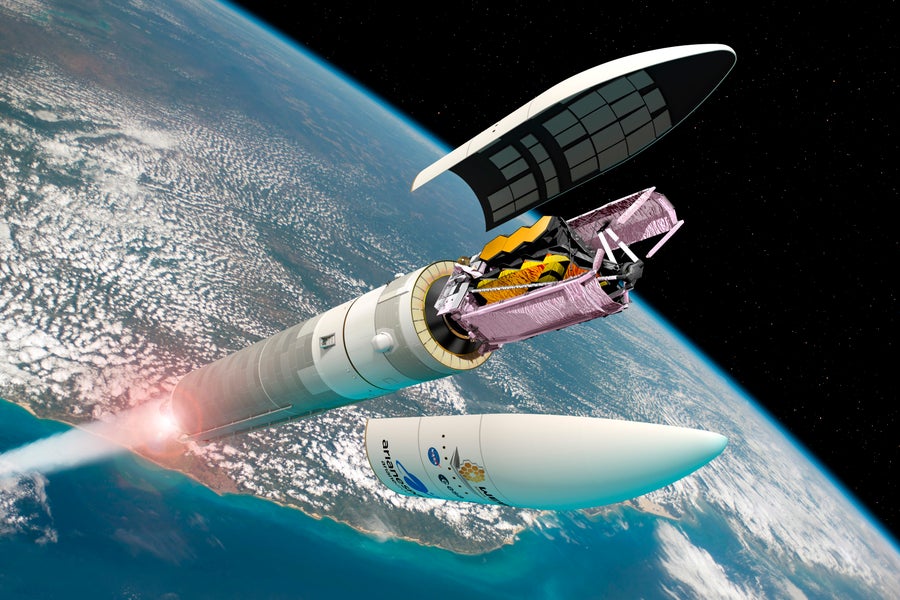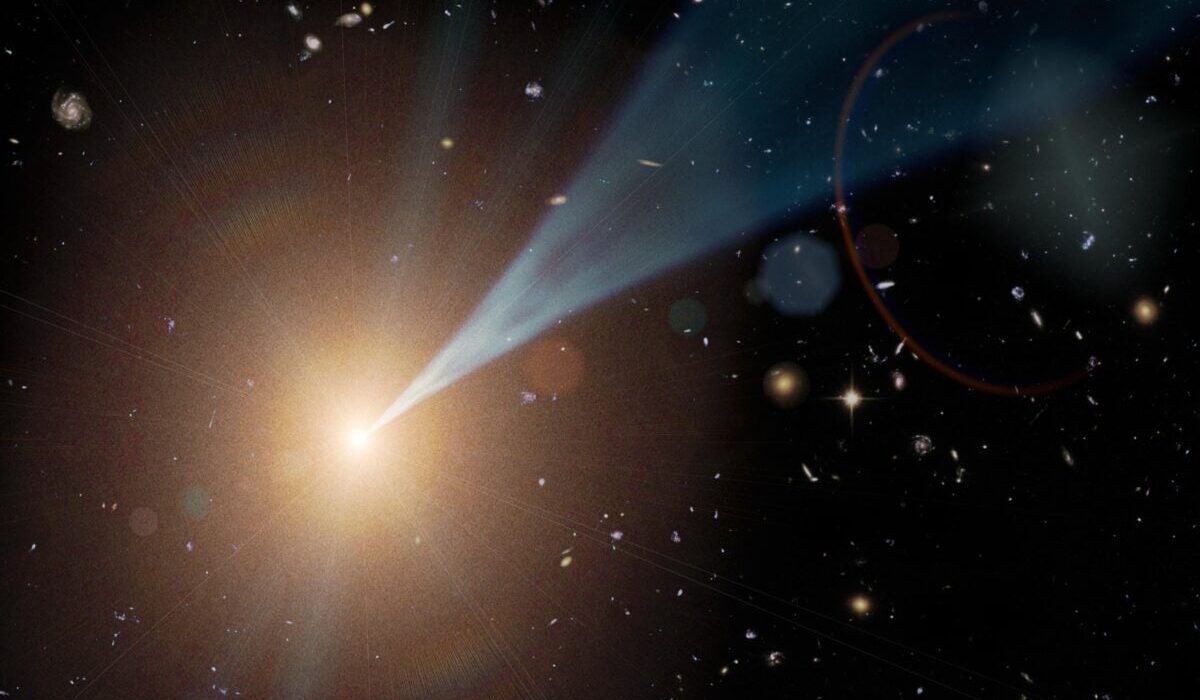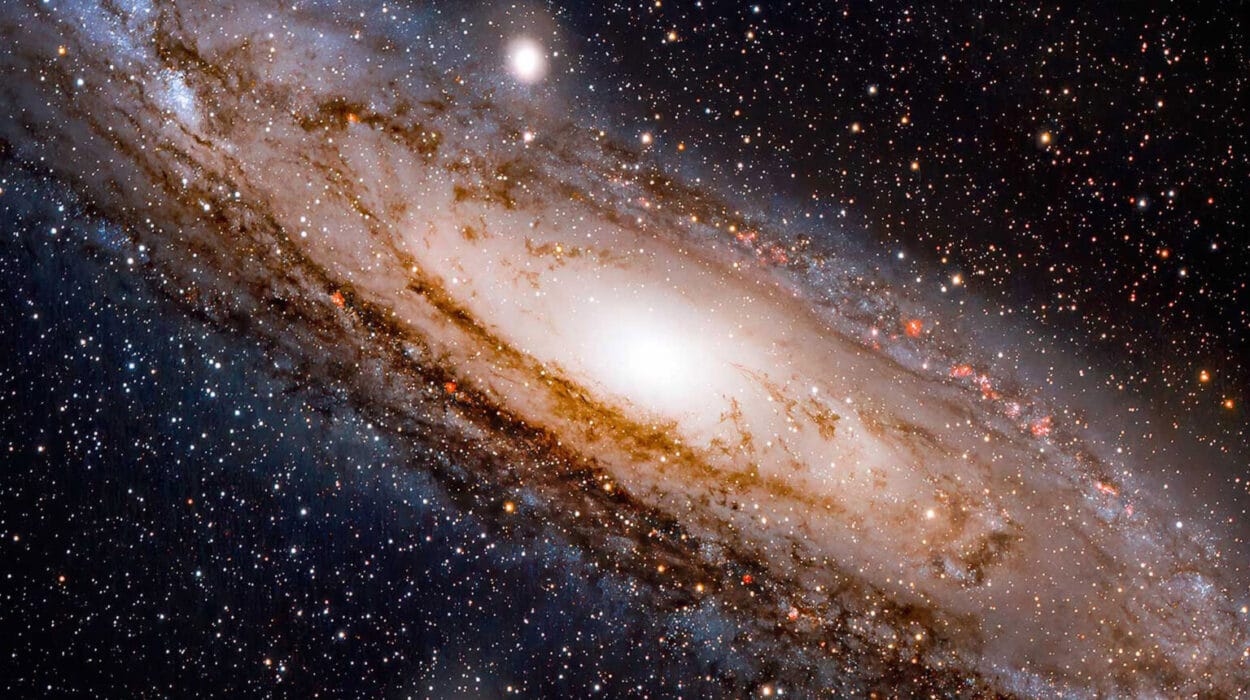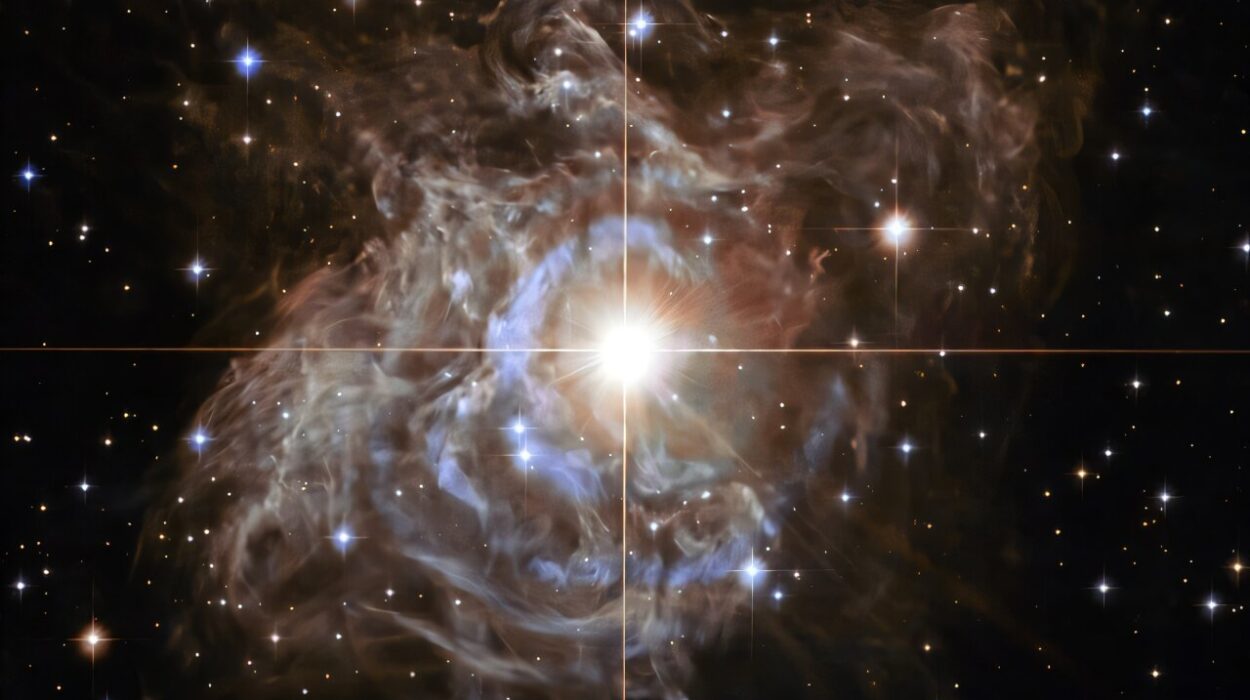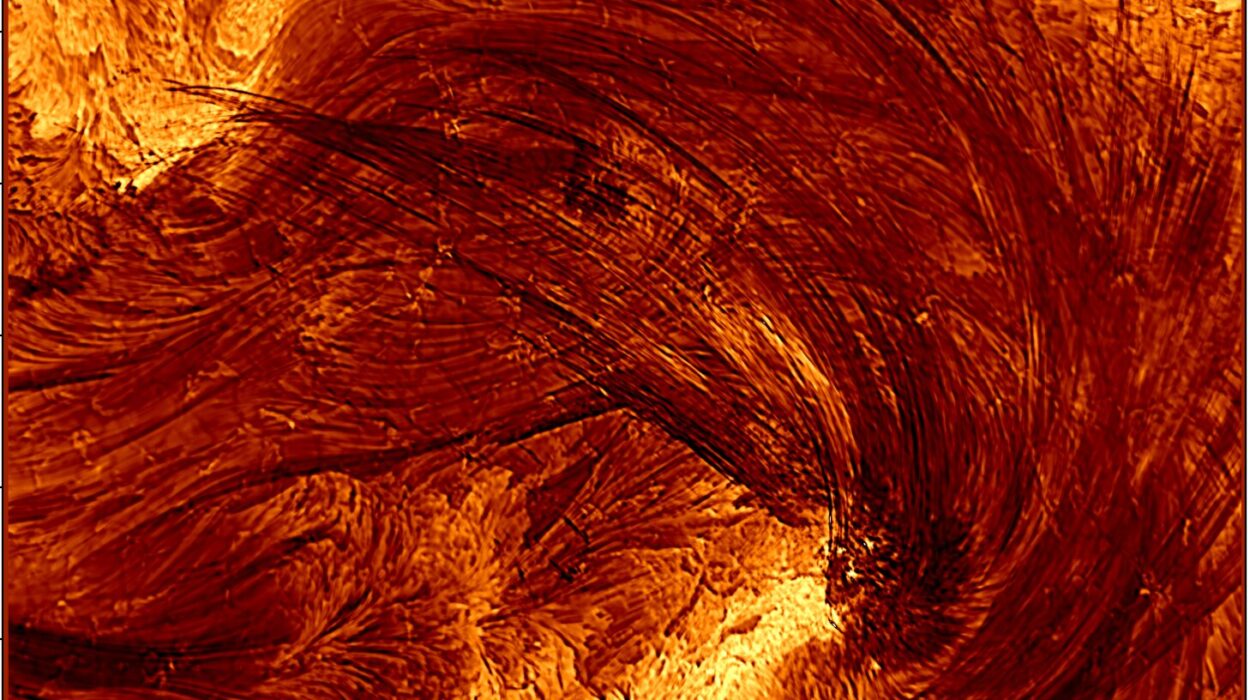Since ancient times, humanity has looked to the sky and wondered what lies beyond. Early stargazers used their naked eyes, tracking the rhythms of the stars, planets, and the wandering Moon. Then came the invention of the telescope in the early 17th century, and the sky cracked open in ways never before imagined. Over time, telescopes became bigger, more precise, and eventually, they launched into space, escaping the distortions of Earth’s atmosphere. Now, as we stand on the edge of a new era in astrophysics, the future of space telescopes promises to push the boundaries of what we can see, know, and imagine.
Space telescopes are more than scientific instruments—they are time machines, cosmic archaeologists, and whisperers of the universe’s most elusive secrets. From the early days of Hubble to the awe-inspiring images of the James Webb Space Telescope (JWST), each generation has taken us closer to the origin of galaxies, the nature of dark energy, and perhaps, signs of life beyond Earth.
But what comes next? The future of space telescopes is not just an upgrade of existing technology; it is a leap into the unknown.
Beyond Hubble and Webb: A Legacy of Wonder
Before we look forward, it’s worth reflecting briefly on where we’ve come from. The Hubble Space Telescope, launched in 1990, revolutionized our understanding of the cosmos. Orbiting above Earth’s turbulent atmosphere, Hubble provided images so crisp and deep that they changed our view of space forever. It allowed us to determine the age of the universe more accurately, observe the birth and death of stars, and even detect exoplanets indirectly.
Then came JWST, launched in 2021 after years of delays and immense anticipation. JWST doesn’t replace Hubble—it complements and surpasses it in key areas. With its infrared capabilities and massive 6.5-meter gold-coated mirror, JWST peers further back in time, to the very edge of the observable universe. Its ability to analyze exoplanet atmospheres is ushering in an era where detecting biosignatures—evidence of life—is a tangible possibility.
Now, riding the momentum of these successes, the future is forming. It’s not just about seeing further—it’s about seeing differently, more precisely, and more widely than ever before.
The Next Giant: NASA’s Habitable Worlds Observatory
One of the most anticipated missions in the works is NASA’s Habitable Worlds Observatory (HWO). This mission, proposed as the next flagship observatory after JWST, is poised to tackle one of the most profound questions in science: Are we alone in the universe?
The HWO is designed to directly image Earth-like exoplanets around Sun-like stars—something no telescope has yet done successfully. Its key innovation lies in its use of an advanced coronagraph or possibly a starshade. These instruments will block out the overwhelming light from a star to reveal the dim glow of orbiting planets.
Unlike previous missions that detect exoplanets by their gravitational tug (radial velocity) or their transit across a star’s disk, the HWO aims to directly capture the light from these worlds. Once that light is in its grasp, spectroscopic analysis can begin, teasing out clues about atmosphere, temperature, and perhaps even life.
Imagine capturing the spectrum of a planet a hundred light-years away and seeing the signature of oxygen, water vapor, or even chlorophyll-like molecules. This is not science fiction—it is the science of the next few decades.
Telescopes in the Far Infrared: The Origins Space Telescope
While JWST opened up the mid-infrared universe, much remains to be seen in the far-infrared. The Origins Space Telescope (OST), though not yet confirmed, is a proposed mission designed to fill this gap. With sensitivity orders of magnitude better than previous far-infrared observatories, OST would probe the cold universe: the birthplaces of stars, the structure of interstellar clouds, and the dusty cocoons where planets are forming.
OST would look deep into the murky birthplaces of stars and planetary systems, examining how water and organic molecules—the raw materials of life—are delivered to planets. By tracing the cosmic journey of water from interstellar clouds to habitable worlds, it could illuminate how Earth-like conditions emerge.
Far-infrared observations are particularly valuable for studying galaxies in their earliest stages of formation, when dust obscures optical and near-infrared light. With OST, astronomers could peer into these cosmic nurseries, watching the universe’s first stars and galaxies emerge from the darkness.
The Ultraviolet Renaissance: LUVOIR and the Ghost Light of the Cosmos
Another visionary project is LUVOIR (Large UV/Optical/IR Surveyor), an ambitious concept for a next-generation space telescope. LUVOIR could sport a massive mirror up to 15 meters across—more than twice the size of JWST. It would observe in ultraviolet, visible, and near-infrared light, providing extraordinary resolution and sensitivity.
LUVOIR’s versatility would allow it to tackle many science goals simultaneously. It could directly image dozens of Earth-like exoplanets and conduct deep-field galaxy surveys with unprecedented detail. Its ultraviolet capabilities would revive a neglected window into the cosmos, crucial for studying the intergalactic medium—the diffuse web of gas that connects galaxies across the universe.
Ultraviolet astronomy helps us trace the ghost light of the cosmos, the tenuous gas flows that fuel galaxy growth and influence star formation. With LUVOIR, we could finally understand how galaxies breathe and evolve over cosmic time.
Moreover, LUVOIR’s potential as a life-hunting machine is immense. Its high-resolution spectroscopy could analyze the atmospheres of distant worlds for biosignatures: oxygen, ozone, methane, and other molecules in the right combinations to suggest biological activity.
X-Ray Eyes: Lynx and the High-Energy Universe
While optical and infrared telescopes often get the spotlight, X-ray astronomy reveals an entirely different universe—one dominated by extreme phenomena: black holes, neutron stars, and the hot gas that permeates galaxy clusters.
Enter Lynx, a proposed X-ray observatory that would far surpass the capabilities of NASA’s current Chandra X-ray Observatory. With better resolution and vastly improved sensitivity, Lynx would peer into the hearts of galaxies, watch black holes grow, and study the physics of supernova explosions in exquisite detail.
X-ray telescopes must operate in space because Earth’s atmosphere absorbs high-energy radiation. Lynx would exploit this advantage to capture incredibly faint X-ray emissions, tracing the energetic processes that shape the structure of the universe.
In particular, Lynx could observe how supermassive black holes influence galaxy formation and how the cosmic web—the large-scale structure of matter in the universe—evolves. In doing so, it would help answer one of astronomy’s most pressing questions: how did we get from the hot, smooth universe of the Big Bang to the richly structured cosmos we see today?
Wide-Field Wonders: The Nancy Grace Roman Space Telescope
Scheduled for launch in the mid-2020s, NASA’s Nancy Grace Roman Space Telescope (formerly WFIRST) is sometimes described as “Hubble on steroids.” Equipped with a wide-field camera that captures 100 times more sky area than Hubble, Roman will conduct massive surveys that would have taken Hubble decades to complete.
Roman’s wide field of view makes it an ideal tool for mapping the large-scale structure of the universe. It will investigate dark energy—the mysterious force accelerating the universe’s expansion—by studying the distribution of galaxies and gravitational lensing on vast scales.
But Roman also has a powerful role to play in the search for exoplanets. Using gravitational microlensing, it will detect planets thousands of light-years away, including rogue planets—worlds adrift without a parent star.
Moreover, Roman will test advanced coronagraph technology, paving the way for future missions to directly image Earth-like planets. It is a bridge between our current capabilities and the telescopes of tomorrow.
Modular, Robotic, and Evolving Telescopes
The future of space telescopes may not lie solely in massive, monolithic launches. One emerging concept involves modular telescopes—space-based observatories assembled or upgraded in orbit by robotic systems or even astronauts.
Imagine launching a primary mirror, then gradually adding instruments, adaptive optics, or new detectors as technology evolves. This modular approach could extend mission lifespans and allow telescopes to stay at the cutting edge for decades.
Robotic servicing, first demonstrated with Hubble, may become routine in the future. With advances in autonomous spaceflight and in-orbit manufacturing, space telescopes could become upgradeable platforms rather than single-use missions.
This flexibility could also enable larger observatories that wouldn’t fit inside a traditional rocket fairing. With the rise of heavy-lift launchers and space infrastructure like the Gateway or commercial space stations, telescopes could be assembled in space and then repositioned to their operational orbits.
Beyond Earth Orbit: Deep Space Observatories
Most current space telescopes orbit the Earth or reside at Earth-Sun Lagrange points. But the future may see telescopes placed farther afield—in deep space, far from any interfering radiation or gravitational influence.
Placing a telescope on the Moon’s far side is one possibility. The lunar far side is shielded from Earth’s radio interference, making it an ideal spot for radio telescopes. Arrays of antennas spread across the lunar regolith could listen to the early universe, detecting faint signals from the cosmic dark ages—the period before the first stars ignited.
Other proposals envision telescopes in deep solar orbit or even at gravitationally stable points far from Earth, where environmental noise is minimal. These telescopes could achieve unparalleled sensitivity, especially for gravitational wave detection, or ultra-low-frequency radio observations.
With the rise of private space infrastructure and reusable rockets, deploying these deep-space observatories may become more feasible than ever.
Synergy with Gravitational Wave and Neutrino Astronomy
Space telescopes of the future won’t operate in isolation. Instead, they will be part of a multi-messenger network that includes gravitational wave detectors, neutrino observatories, and cosmic ray experiments.
When a neutron star merger occurs, gravitational waves alert us, and telescopes around the world and in space turn to observe the event in optical, infrared, and X-ray light. This kind of coordinated observation is already revolutionizing our understanding of extreme astrophysical phenomena.
Future telescopes will be designed with this synergy in mind, capable of rapid response and wide coverage. They will complement missions like LISA (Laser Interferometer Space Antenna), a space-based gravitational wave observatory set to launch in the 2030s.
In this new era, we will not just see the universe—we will feel it tremble, listen to its whispers, and taste the particles that stream from its most violent events.
The Philosophical Future: What Space Telescopes Really Mean
At their core, space telescopes are tools of curiosity. They are the eyes we cast into the void, asking it to reveal its secrets. But their true power lies not just in their discoveries, but in how they reshape our understanding of our place in the cosmos.
Each new telescope pushes the boundaries of the known. They teach us humility—showing us how small we are—and inspiration, reminding us how vast our potential is. From the cradle of Earth, we have reached into interstellar space, touched the edge of the observable universe, and glimpsed the light from galaxies billions of years gone.
The future of space telescopes is a story still being written—by scientists, engineers, dreamers, and all who dare to look up and ask, “What else is out there?”
From finding alien biospheres to witnessing the birth of stars and galaxies, from tracing dark energy to decoding cosmic dawn, the telescopes of tomorrow are more than machines. They are promises. They are visions. They are the lenses through which humanity will witness the next great chapters of the universe.
